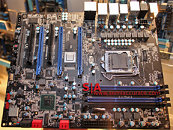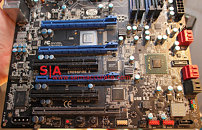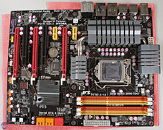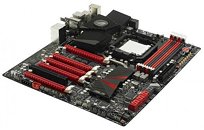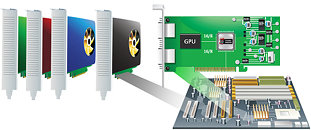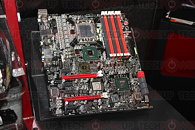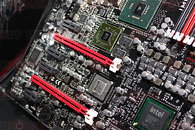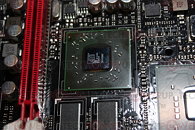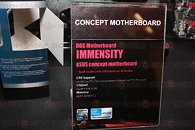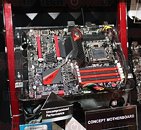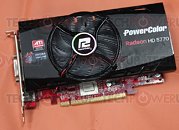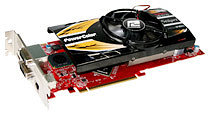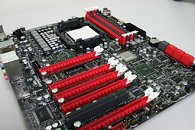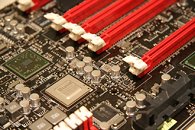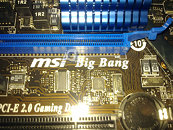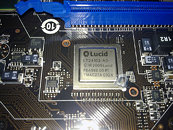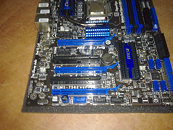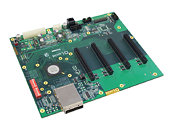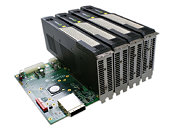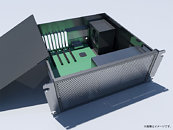
Sapphire Readies PC-CI7S42P67 Motherboard, Combines LGA1155 with Hydra
Sapphire is readying a new performance motherboard for LGA1155 Intel "Sandy Bridge" processors, driven by Intel P67 chipset. The most distinct feature here is the LucidLogix Hydra Engine chip, which takes in the lone PCI-Express 2.0 x16 link from the processor, and gives out three PCI-E x16 slots (electrical x16/x8/x8), which lets users build a variety of 3-way multi-GPU configurations, including mix-matching of GPUs of different types and makes. The fourth PCI-E x16 slot is wired to the P67 PCH, and is electrical x4. Other slots include two PCI.
The CPU is powered by an 8-phase VRM, and memory by a 3-phase VRM. Sapphire-marked self-cooled chokes and driver-MOSFETs are used. Storage connectivity includes four SATA 3 Gb/s and three SATA 6 Gb/s ports, and one eSATA. Other connectivity features include 8-channel HD audio with optical and coaxial SPDIF outputs, two gigabit Ethernet interfaces, USB 3.0, FireWire, Bluetooth, and a number of USB 2.0 ports. Overclocker-friendly features include redundant BIOS with manual selection, debug LEDs, power and reset switches on board.
The CPU is powered by an 8-phase VRM, and memory by a 3-phase VRM. Sapphire-marked self-cooled chokes and driver-MOSFETs are used. Storage connectivity includes four SATA 3 Gb/s and three SATA 6 Gb/s ports, and one eSATA. Other connectivity features include 8-channel HD audio with optical and coaxial SPDIF outputs, two gigabit Ethernet interfaces, USB 3.0, FireWire, Bluetooth, and a number of USB 2.0 ports. Overclocker-friendly features include redundant BIOS with manual selection, debug LEDs, power and reset switches on board.
